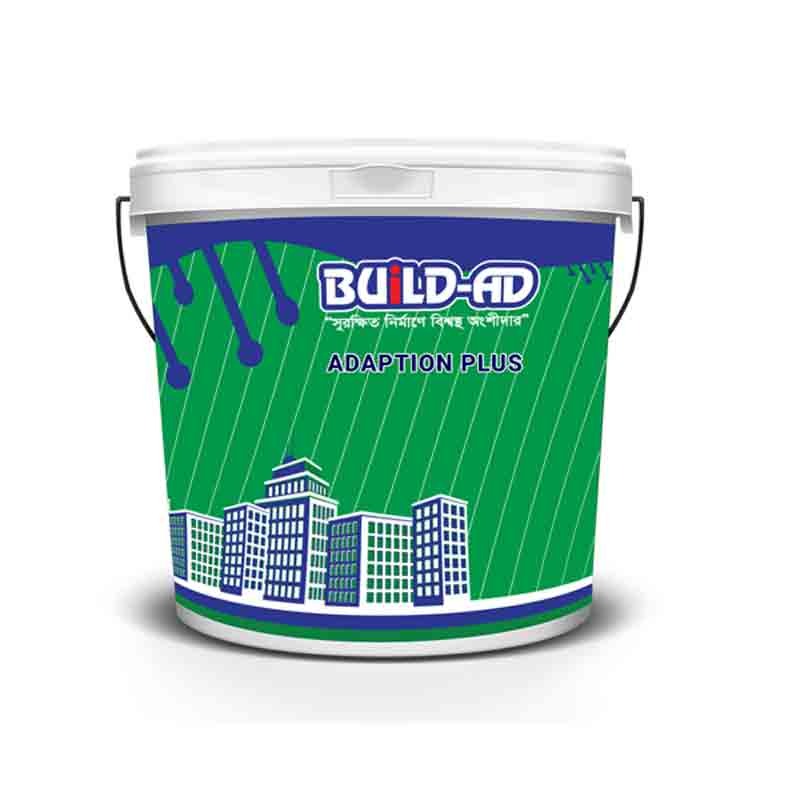Admixtures are usually stored in bulk, in plastic or metal tanks or in barrels. Modem bulk plastic storage tanks are double-skinned in order to minimize the risk of leakage due to a skin splitting. If double-skinned tanks are not used, the admixture storage area should be bunded in order to prevent any spillage entering the water system.
Admixtures should be protected from freezing, all tanks and pipes should be clearly marked with their contents and the shelf life of the product should be indicated.
Admixture containers should never be left with open tops due to the risk of contamination. Rain can also enter, diluting the product and reducing its effectivness.
If an admixture exceeds its storage life or is no longer required, it must be disposed of through an approved contractor.
Admixtures are ingredients that are added to the concrete batch immediately before or during mixing. They confer certain beneficial effects to concrete, including frost resistance, sulfate resistance, controlled setting and hardening, improved workability, increased strength, etc. Special concretes are made with coloring pigments, polymer latexes, expansion producing admixtures, flocculating agents, antifreezing chemicals, corrosion inhibiting formulations, etc.
Admixtures influence the physical, chemical, surface-chemical, and mechanical properties of concrete and its durability. Accelerating admixtures reduce the time of setting and increase the rate at which the strength is developed. They are used in cold weather concreting. Examples of accelerators include calcium chloride, formates, carbonates, nitrites, amines, etc. Water reducing admixtures reduce the amount of water (about 8–10%) required for concrete mixing at a given workability.
These admixtures improve the strength and durability of concrete. Refined lignosulfonates, gluconates, hydroxycarboxylic acids, sugar acids, etc., act as water reducers. Retarders lengthen the setting times of concrete. They are particularly useful for hot weather concrete operations. Phosphonates, sugars, unrefined lignosulfonates, carbohydrate derivatives, and borates are some examples of retarders.

Login To Comment